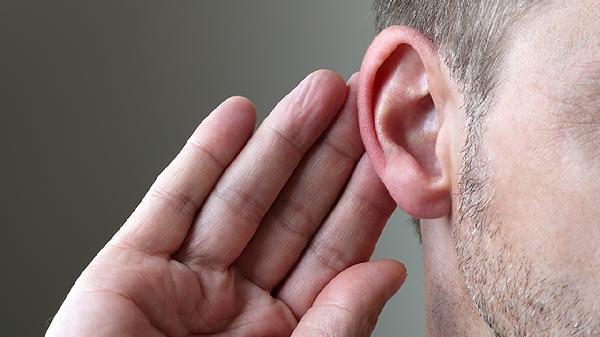
That high-pitched whine. That persistent, cricket-like buzz that seems to have taken up residence deep inside your ear. Unlike the occasional, fleeting ring that comes and goes for everyone, this one is different. It’s a solo performance, a private concert held in the silent theater of a single ear. You cup your hand over it, and the world goes muffled, but the sound remains, an internal phantom that no one else can hear.
It’s easy to dismiss it as just “tinnitus”—a frustrating but harmless noise. And while it often is, that unilateral ringing, the kind that steadfastly occupies only one side, is your nervous system’s most urgent and specific flare. It is not a random malfunction. It is a direct, prioritized message from your auditory nerve, and it demands a different kind of attention.
Think of your auditory system not as a simple microphone, but as a sophisticated network of wires and processors. When a ring appears equally in both ears, it’s often a systemic issue—a result of loud noise exposure, a medication side effect, or general circulatory changes. But when it plants its flag in one ear only, it’s often pointing to a local disturbance, a problem on that specific neural pathway.
Decoding the One-Sided Signal: More Than Just “Noise”
This unilateral ringing is your body’s way of saying, “There is a situation on the left (or right) flank that requires investigation.” It is a symptom, not a diagnosis, and its potential causes range from the easily manageable to the medically significant.
- The Wax Fortress: The simplest and most common culprit. A significant buildup of earwax (cerumen) against the eardrum can cause a startlingly loud ringing. It’s a physical blockade that disrupts the normal vibration of the eardrum and the tiny bones of the middle ear, causing the system to generate its own aberrant noise in protest. The message here is straightforward: “A simple cleaning is in order.”
- The Inner Ear’s Silent SOS: This is where the message becomes more serious. Sudden, one-sided ringing can be the first and only sign of Sudden Sensorineural Hearing Loss (SSNHL). This is a medical emergency for your hearing. The delicate hair cells in your cochlea are like a field of wheat; when they are damaged—by a viral infection, a vascular event, or an autoimmune response—they don’t just go silent. They often fire erratically, creating the perception of sound where there is none. The ringing is the death cry of these cells. Time is of the essence; treatment with steroids within days can often salvage hearing.
- The Pressure Cooker (Ménière’s Disease): If the one-sided ring is accompanied by a feeling of fullness or pressure in that ear, episodes of vertigo (the room spinning), and fluctuating hearing, the message is pointing strongly toward Ménière’s Disease. This is a disorder of the inner ear’s fluid pressure. The ringing is the sound of the hydraulic system under extreme stress, a warning siren before a potential vertigo attack.
- The Neurological Memo (Acoustic Neuroma): This is the possibility that frightens people most, though it is relatively rare. An acoustic neuroma is a slow-growing, benign tumor on the vestibulocochlear nerve—the very nerve that carries sound and balance information from your ear to your brain. As this tumor presses on the nerve, the most common first symptom is a one-sided ringing and a gradual, often unnoticed, loss of hearing in that ear. The ringing, in this case, is the nerve’s distress signal as it is being compressed—a literal cry for help from the communication line itself.
What Your Ear is Urgently Asking You To Do
That solitary ring is not something to “just live with.” It is a request for a professional investigation. Ignoring a two-sided ring might be manageable for some; ignoring a one-sided ring is like ignoring a “Check Engine” light that’s flashing red instead of yellow.
- Step 1: See an Audiologist or an ENT (Otolaryngologist): This is non-negotiable. They will perform a hearing test (audiogram) and a tympanometry test to assess the health of your middle ear. This simple, painless battery of tests can instantly rule out or confirm many of the major causes.
- Step 2: Advocate for Yourself: If the hearing test reveals a new, asymmetric hearing loss, insist on a discussion about SSNHL and the potential for steroid treatment. Do not let a provider dismiss it without a thorough check.
- Step 3: Consider an MRI: If the clinical picture suggests it, your doctor may order an MRI scan to visually rule out an acoustic neuroma or other structural issues. For many, this scan provides immense peace of mind, even if it finds nothing.
That ringing in one ear only is a message from your most intimate internal landscape. It is a signal from the frontier of your senses, a whisper from a nerve under duress. It is not a life sentence, but a starting point. By listening to its urgent, one-sided plea and taking decisive action, you are not just seeking to quiet a noise. You are answering a call to protect one of your most vital connections to the world. You are honoring the complex, delicate system that allows you to hear a loved one’s voice, and ensuring it remains clear for years to come.